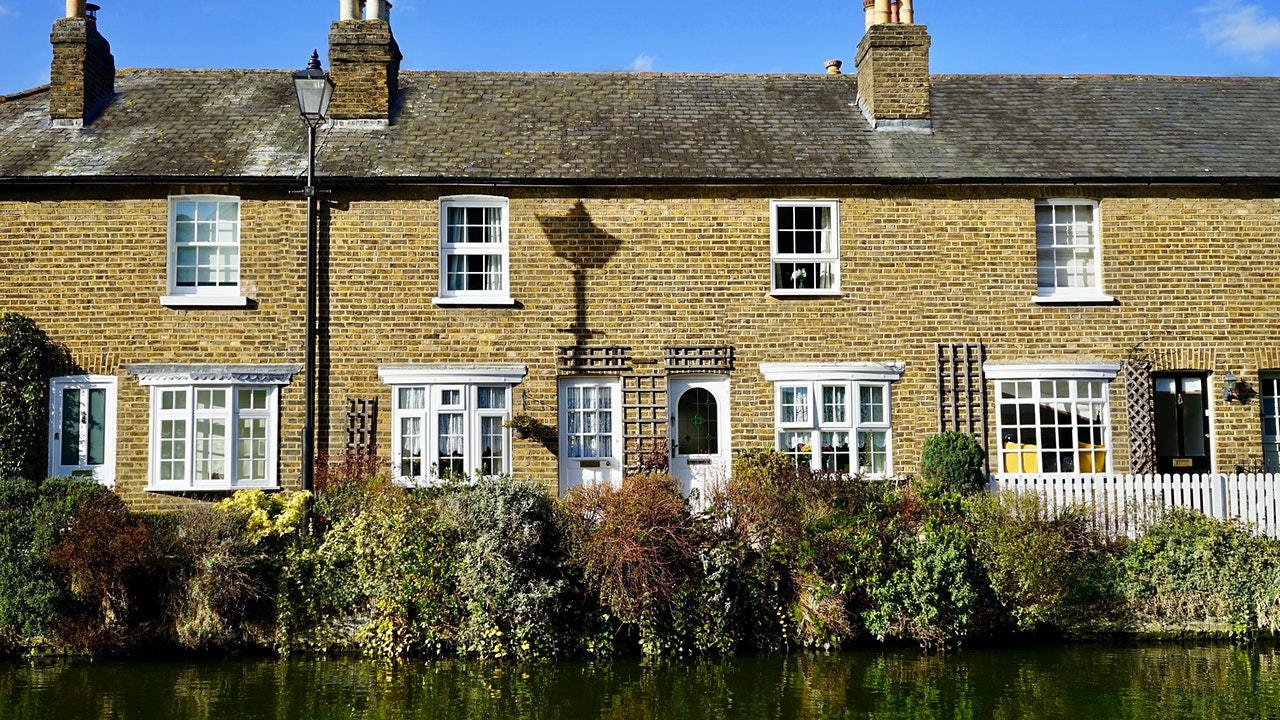What Is a Good Rental Yield and How is it Calculated?
For people hoping to invest in buy-to-let properties whether as new investors or as a landlord, of utmost importance is calculating what the yield on the property would be. It is something that cannot be overlooked as it determines what the return will be on the property. It is important because when you have to charge an exorbitant rental where like for like properties charge less, then the property probably isn’t worth your while.
Definition of Rental Yield and Why It is Important
This is the return on investment that an investor will likely get on the rental of a property. It is a percentage that is calculated by taking the total annual income and dividing it by the amount that is to be invested in the property. It reveals to the investor how much can be made when letting out that property.
In other words, it measures how much profit you can generate every year from your investment as a percentage of the value of that investment. The higher it is, the greater your cash flow. Many factors can come into play here including prices of properties, capital appreciation, interest rates, fluctuating housing market, and demand. For a further explanation, you can read more here.
Knowing what you will get from a property is important because you need it to be sure you will achieve a good return on your investment. If your income is less than your expenditure, you are then running at a loss. If you break even, meaning that your income is equal to your expenditure, then you are not making money. The whole essence of investing is to make money and even when you are making an income, it must be enough to leave room for contingencies and miscellaneous issues such as when you need to fix anything on the property. This is why calculating it is essential.
What Is A Good Rental Yield?
As implied earlier, income from your rent must cover the running costs of your investments. This can include mortgage payments, repairs, wear, and tear, etc. All these must be planned into the calculation because without them, you may have to dip into your personal funds because that investment is in the red.
As a benchmark, a good rental yield is anything over 5%. Most investors will go for one that is around 5-8%. With these, you should be able to cover all necessary expenses and cost associated with buying a buy-to-let property while still earning a reasonable income.
Calculations
There are two types or two ways it may be calculated. They are:
Gross Rental Yield
This is obtained by dividing the rent by the price of the property and multiplying it by 100 (this allows it to be obtained as a percentage). It is in essence the income on the property without taking expenses into consideration.
As an example, if an investor buys a property at £500,000 and gets a monthly rental of £2,000, the gross yield will be:
First we calculate total rent: £2,000 x 12 = £24,000.
The gross rental will be: (24,000/500,000) x 100 = 4.8%.
If you didn’t need to pay a mortgage or incur any other cost, this might have been good but that is not always the case.
Net Rental Yield
This is often a better measure than the gross yield as it takes into consideration the price of the property and all the associated costs and expenses. It is obtained by adding all the costs which can include things like mortgages, repairs, insurance, etc. and subtracting them from the annual rental. This is then divided by either the property value or the initial capital outlay (full amount minus what was borrowed via a mortgage).
As an example, if an investor buys a house at £200,000 with a mortgage of £150,000 at an interest rate of 4%. The monthly interest payments will be £500 and annually will be £6,000. If rent is at £1,000 monthly, the annual rent will be £12,000. Assuming insurance is £400 annually, repairs at £900 and miscellaneous spending at £800. All these add up to
All expenses add to £6,000 + £400 + £900 + £800 = £8,100
The rental income will be:
Total rent – expenses = £12,000 – £8,100 = £3,900
Net yield = (£3,900/£200,000) x 100 = 1.95%.
You can find a more detailed explanation here: https://www.thebalancesmb.com/net-rental-yield-calculation-for-real-estate-investors-2866812.
While the gross yield may lead an investor into believing it is profitable, the net yield brings out the reality and helps to put things in perspective.
Conclusion
The best places to get a good yield in the UK are cities or places where prices of properties are lower. That said, you can still get good returns in cities such as Liverpool, Manchester, and Birmingham even with their higher priced properties. You just need to have a very good understanding of the market.

